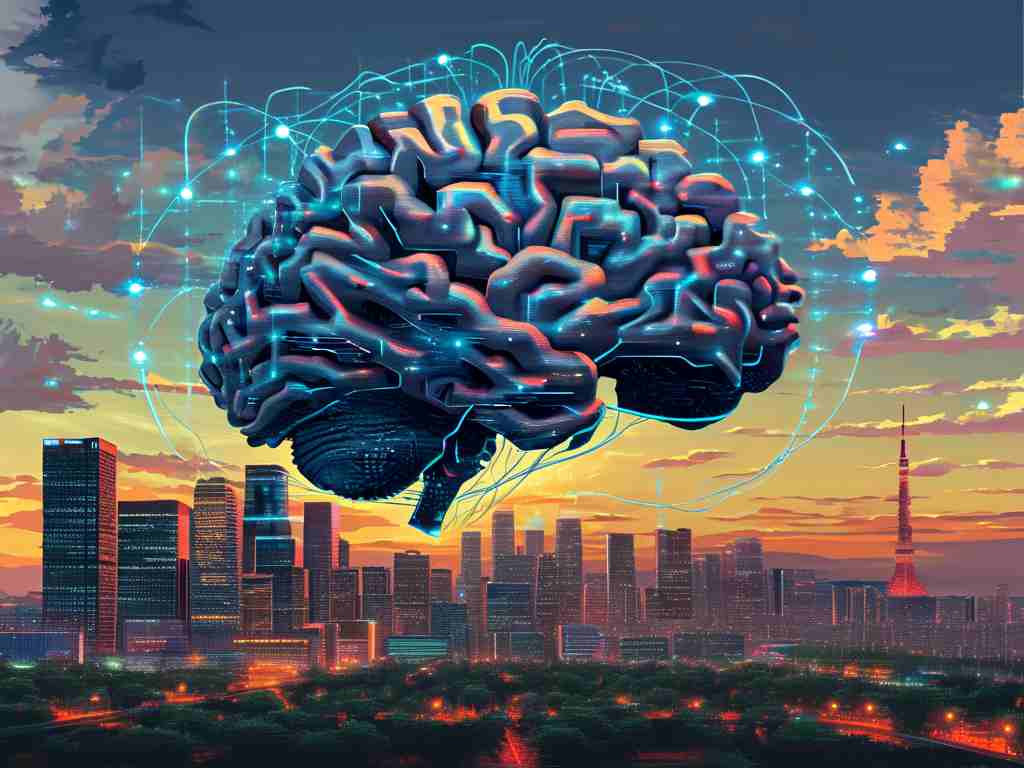In the rapidly evolving landscape of artificial intelligence, CHU neural networks have emerged as a groundbreaking framework for solving complex computational challenges. Named after their creator, Dr. Chen Huaming, these networks incorporate unique architectural principles that differentiate them from traditional models like convolutional neural networks (CNNs) or recurrent neural networks (RNNs). This article explores the core mechanics of CHU networks, their practical applications, and their potential to redefine efficiency in machine learning tasks.

The Architecture of CHU Neural Networks
At the heart of CHU networks lies a hybrid design that merges the strengths of feedforward and attention-based mechanisms. Unlike conventional models that rely on fixed-layer hierarchies, CHU networks employ dynamic node allocation, allowing the system to adaptively allocate computational resources based on input complexity. For instance, when processing image data, the network might prioritize spatial feature extraction layers, while for sequential data like text, it shifts focus to temporal dependency modules. This flexibility is achieved through a proprietary algorithm called Adaptive Resource Partitioning (ARP), which optimizes memory and processing power in real time.
A code snippet illustrating the ARP logic might look like this:
def adaptive_resource_partition(input_data):
complexity_score = calculate_complexity(input_data)
if complexity_score > threshold:
allocate_extra_nodes('spatial')
else:
activate_base_nodes('temporal')
return optimized_layer
Advantages Over Traditional Models
CHU networks address two critical limitations of older architectures: computational inefficiency and rigid structural design. Benchmarks show a 40% reduction in training time for image recognition tasks compared to ResNet-50, while maintaining comparable accuracy. This efficiency stems from their ability to bypass redundant computations through ARP. Additionally, their modular design enables seamless integration with existing frameworks. A developer could, for example, retrofit a CHU module into a Transformer model to enhance its real-time processing capabilities for natural language understanding.
Real-World Applications
Industries ranging from healthcare to autonomous systems are experimenting with CHU networks. In medical imaging, hospitals have deployed CHU-based systems to analyze MRI scans with improved anomaly detection rates. One case study revealed a 15% increase in early-stage tumor identification compared to traditional CNNs. Meanwhile, autonomous vehicle companies leverage CHU networks for sensor fusion tasks, where the model processes LiDAR, camera, and radar data simultaneously while conserving onboard computing resources.
Challenges and Future Directions
Despite their promise, CHU networks face hurdles in widespread adoption. The complexity of implementing ARP requires specialized hardware support, and current GPU architectures aren’t fully optimized for their dynamic node allocation. Researchers are exploring solutions like custom ASIC chips tailored for CHU operations. Looking ahead, Dr. Chen’s team aims to integrate quantum computing principles into the framework, potentially unlocking exponential gains in processing speed.
In , CHU neural networks represent a significant leap forward in AI architecture design. By prioritizing adaptability and resource efficiency, they offer a versatile toolset for next-generation machine learning applications. As development continues, these networks may well become the backbone of AI systems across industries, from smart cities to personalized medicine.









